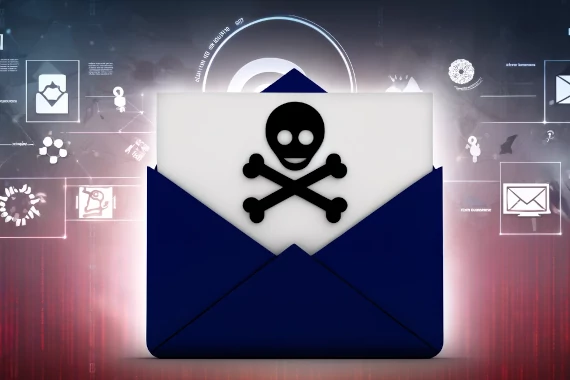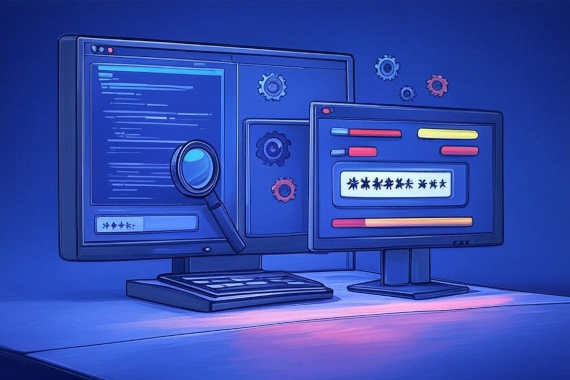
Threat Intelligence Management
Dark Web Monitoring Threat Intelligence Best Practices
What is Threat Intelligence Management? Threat intelligence management enables companies to understand their threat …

FACT: Business Email Compromise attacks cost businesses over USD 2.9 billion last year (FBI)
According to Campaign Monitor, the average employee receives 121 emails every workday.
Clearly, due to our reliance on email, attackers focus their attention there as well.
In this article, you’ll learn the most common types of email threats and how to protect against them.
For many organizations, email is one of the primary means of communication. It can be used to send almost any kind of media, either embedded or as an attachment. Due to the fact that employees have access to email on both their work and personal devices, the attack surface for email is quite large. Attackers often exploit email for phishing attacks, to send executable payloads, and exfiltrate data.
Email security refers to the controls and techniques used to protect email from unauthorized access, misuse, or cyber threats. It involves a combination of technologies, protocols, and best practices to ensure the confidentiality, integrity, and availability of email messages.
Email or SMTP was not designed with security in mind. The original goal was to facilitate communication between different groups. By default, the protocol does not use encryption and makes it trivial to spoof emails from anywhere. Due to the openness of the protocol, attackers leverage these weaknesses in several ways, such as distributing malware, phishing emails, business email compromise attacks, and spam.
The most common email threats include:
Fraudulent emails designed to trick recipients into revealing sensitive information or clicking on malicious links that can lead to malware infections or credential theft.
Malicious emails containing attachments or links that, when opened or clicked, can download and install various types of malware, such as ransomware, trojans, or keyloggers.
Targeted email attacks aimed at employees with access to financial accounts or sensitive data, impersonating executives or trusted partners to initiate fraudulent wire transfers or data theft.
Unsolicited bulk emails that can waste resources, negatively affect productivity, and potentially contain malicious content or links.
Attackers gain unauthorized access to email accounts through credential theft or brute-forcing, enabling them to launch attacks from trusted accounts.
Forging the sender’s email address to make messages appear as if they are coming from a legitimate source, often used in phishing or spam campaigns.
Overwhelming email systems or accounts with a massive volume of messages, leading to denial of service or disruption of operations.
Sensitive information being inadvertently or maliciously shared through email, potentially leading to data breaches or compliance violations.
Manipulative tactics used in emails to trick recipients into divulging confidential information or performing actions that benefit the attacker.
Data leaks via email generally occur due to human error, insider threats, or cyberattacks. No matter the cause, the following types of data typically get leaked:
The following ten best practices can help you significantly reduce the risks of email threats:
Compromised accounts are one of the most common initial attack vectors for data breaches.
In fact, according to the Verizon Data Breach Investigations Report, leaked or stolen credentials were involved in 86% of data breaches investigated.
If your security team needs visibility into your leaked credentials, book a demo to see how Breachsense can help.

Dark Web Monitoring Threat Intelligence Best Practices
What is Threat Intelligence Management? Threat intelligence management enables companies to understand their threat …

Dark Web Monitoring Threat Intelligence Best Practices
What is a Cyber Threat Monitoring Tool? A cyber threat monitoring tool alerts security teams to potential threats before …